by Riley Apr 01,2025
While the Nvidia GeForce RTX 5090 reigns supreme in the graphics card market, its steep price tag of $1,999 and above puts it out of reach for many gamers. Fortunately, you don't need the top-tier model to enjoy 4K gaming. The Nvidia GeForce RTX 5070 Ti and the AMD Radeon RX 9070 XT offer a more budget-friendly option while still delivering an exceptional 4K gaming experience.
Currently, due to high demand and limited supply following their launch, these graphics cards are priced higher than usual. However, for those seeking a high-end gaming setup, the RTX 5070 Ti and RX 9070 XT are the cards to watch.
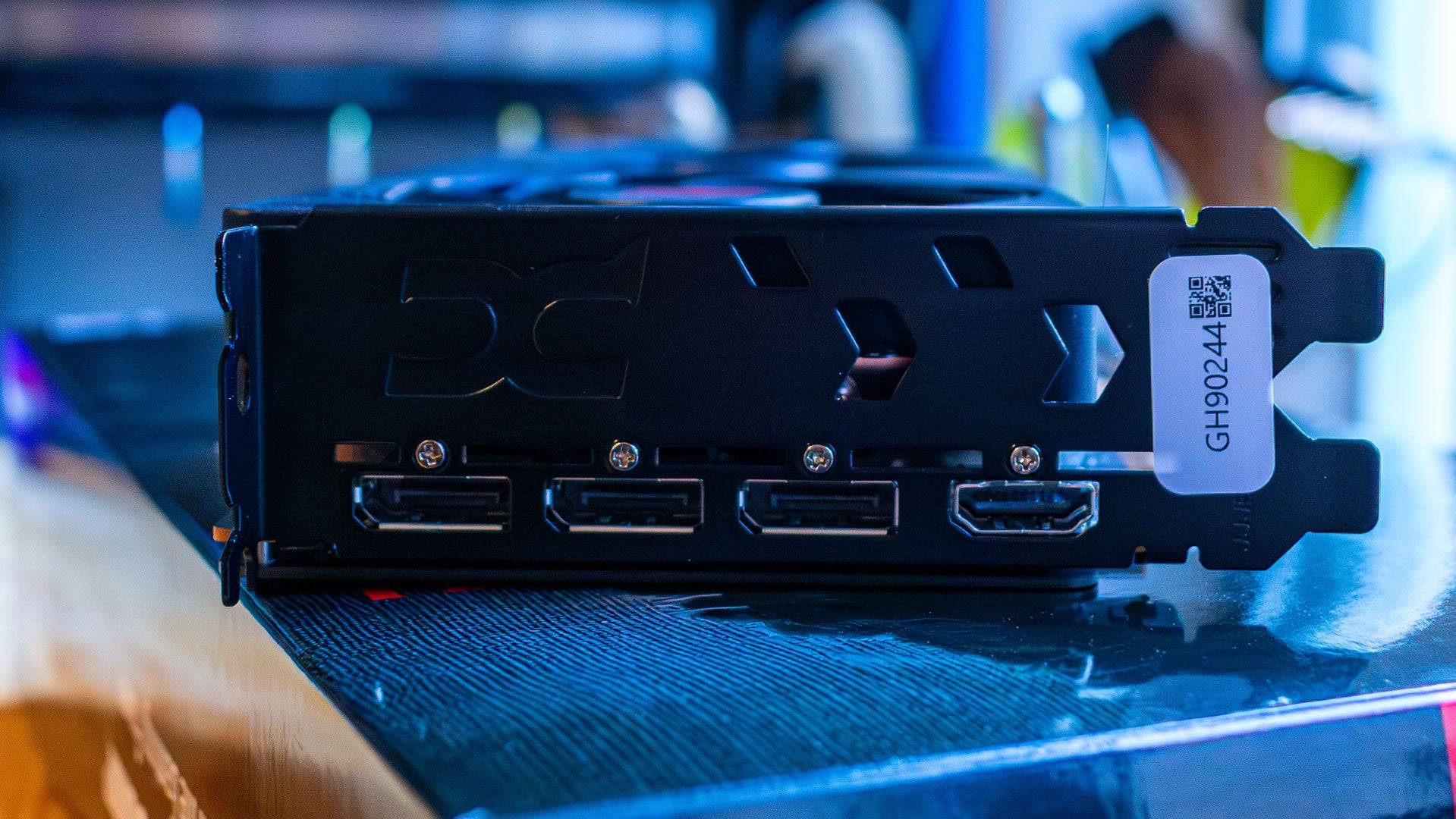
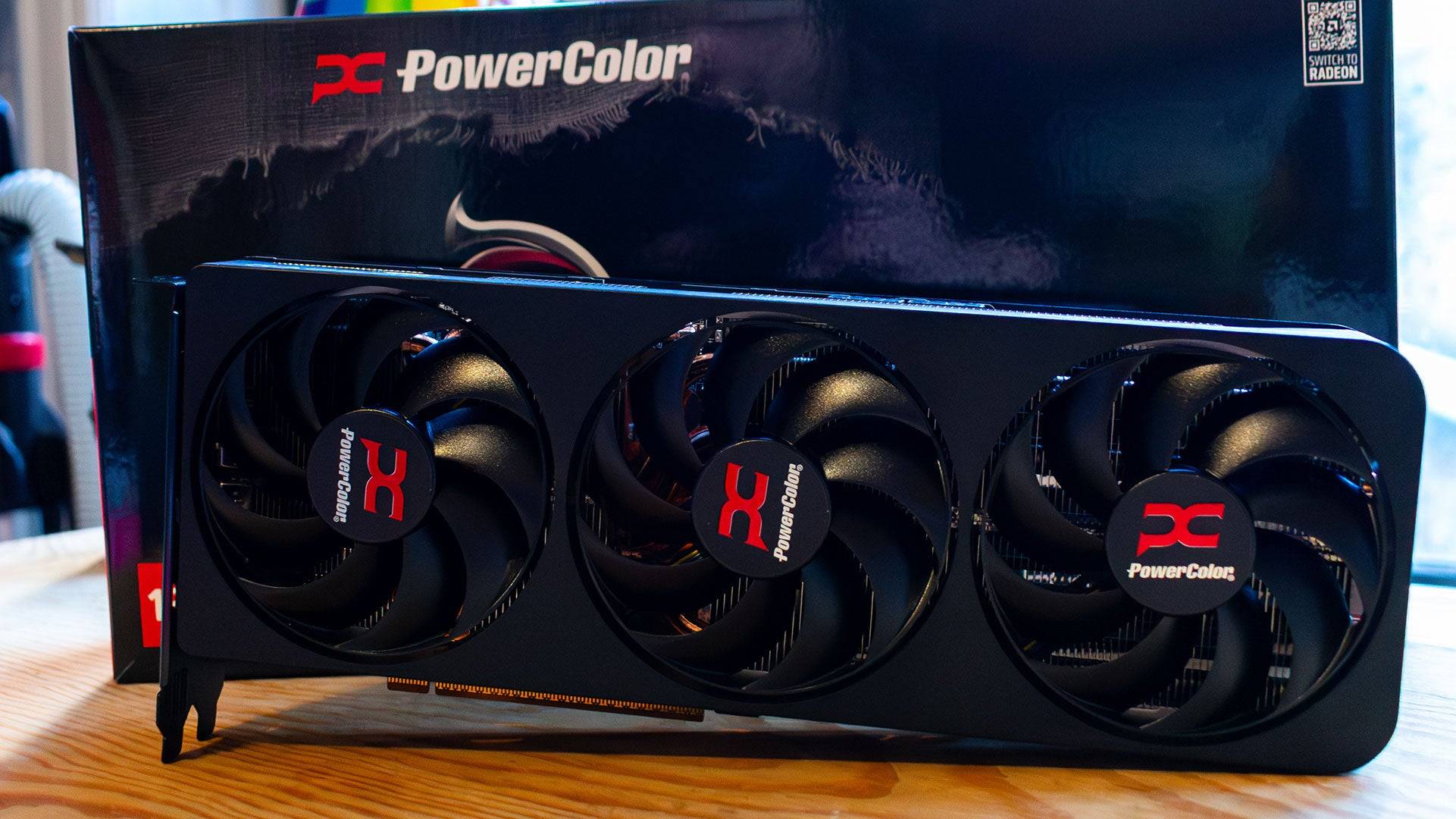 4 Images
4 Images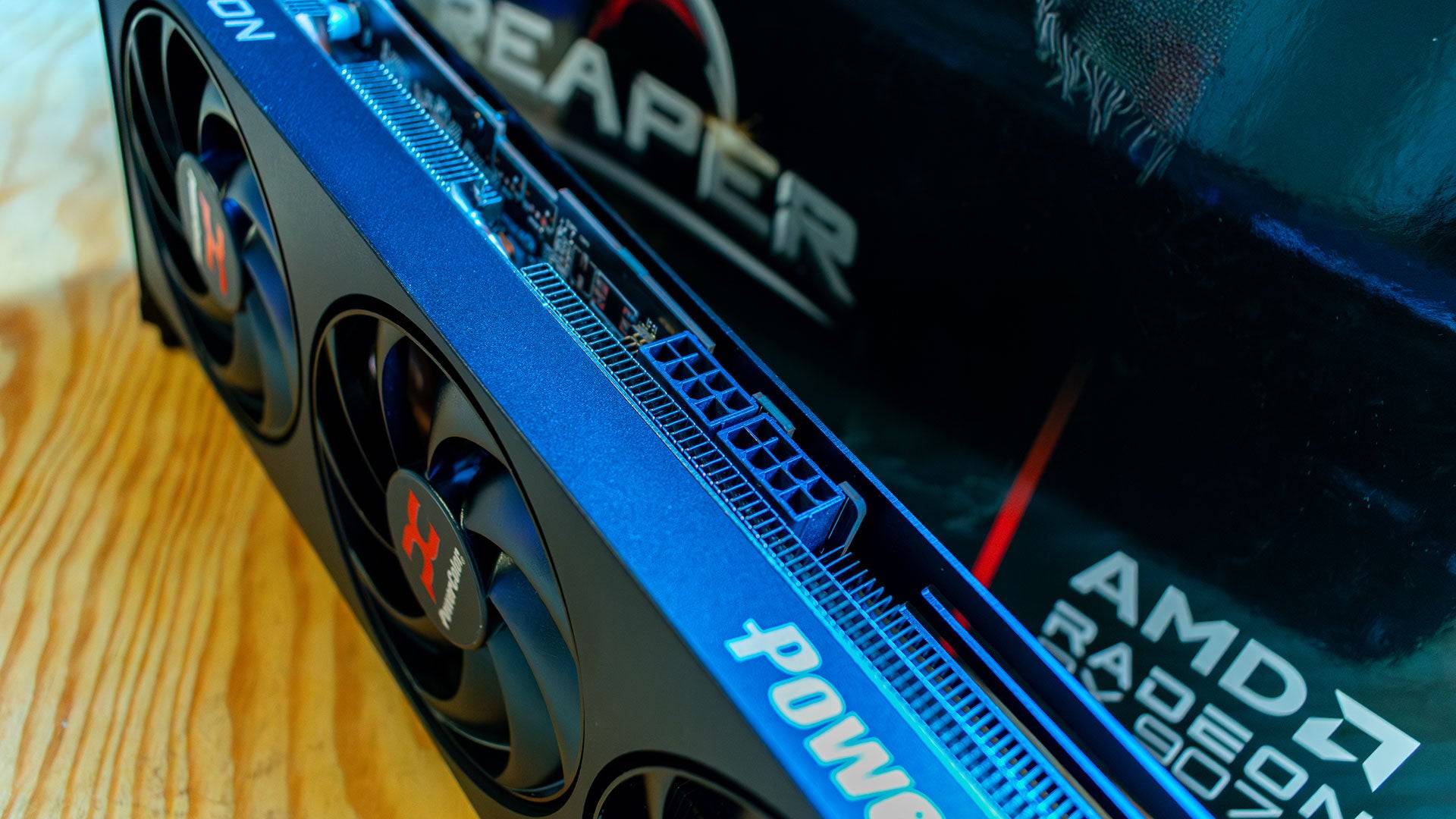
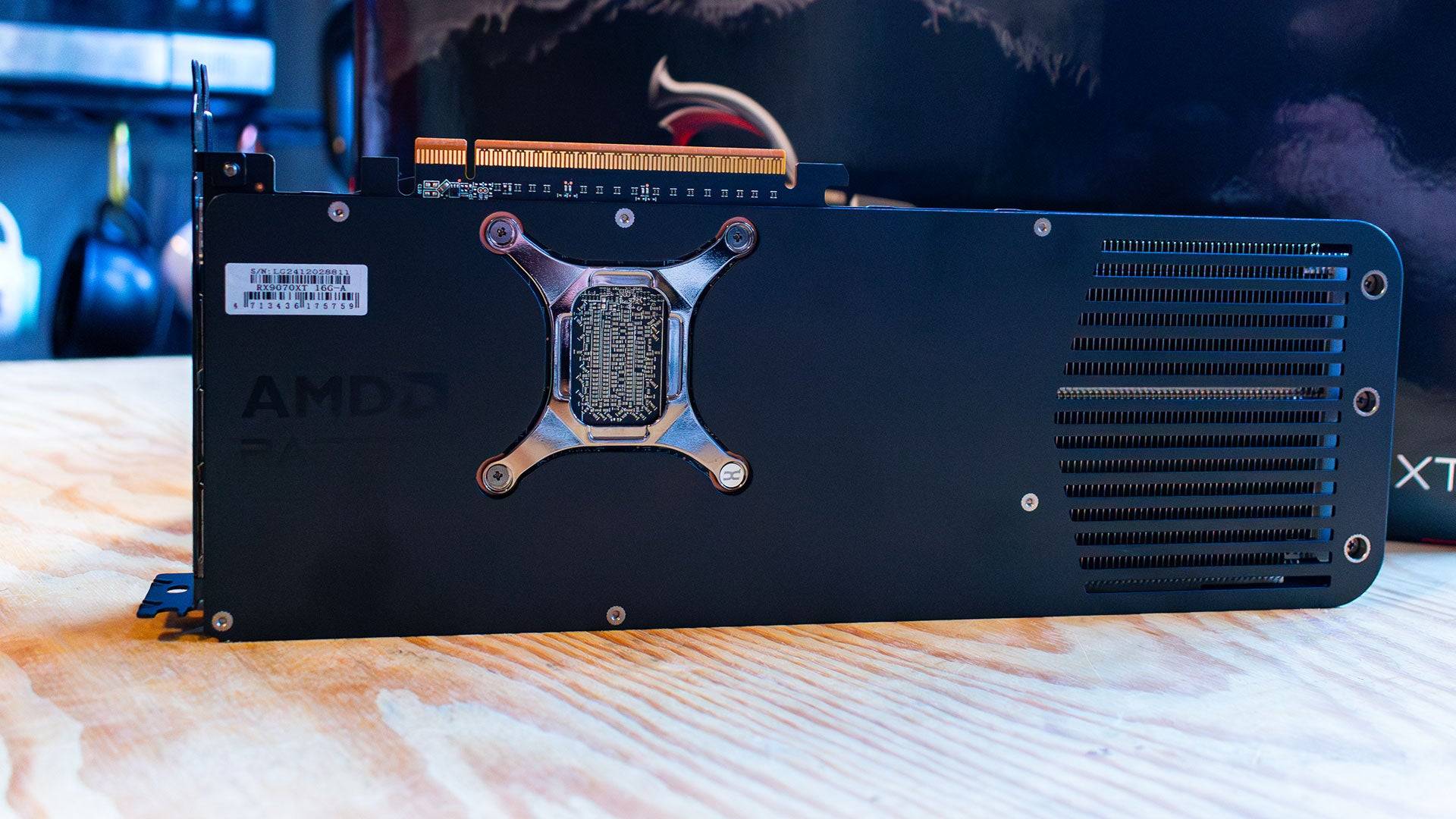 RTX 5070 Ti vs. RX 9070 XT: Specs
RTX 5070 Ti vs. RX 9070 XT: SpecsComparing the specs of the Nvidia GeForce RTX 5070 Ti and the AMD Radeon RX 9070 XT can be challenging due to their different architectures. Nvidia's CUDA cores and AMD's Shading Units, though similar in function, aren't directly comparable in terms of quantity.
The AMD Radeon RX 9070 XT features 64 RDNA 4 compute units, each with 64 shader units, totaling 4,096. Each compute unit also includes two AI Accelerators and one RT Accelerator, resulting in 128 and 64, respectively. It's equipped with 16GB of GDDR6 memory on a 256-bit bus, which is ample for current games but might be pushed to its limits in future 4K titles.
On the other hand, the Nvidia GeForce RTX 5070 Ti also boasts 16GB of VRAM, but it uses the faster GDDR7 memory. This is also on a 256-bit bus, offering higher bandwidth due to increased memory speeds. The RTX 5070 Ti contains 70 Streaming Multiprocessors, with a total of 8,960 CUDA Cores. Although it has twice as many Shader Units per Compute Unit, this doesn't necessarily translate to double the performance.
Winner: Nvidia GeForce RTX 5070 Ti

 11 Images
11 Images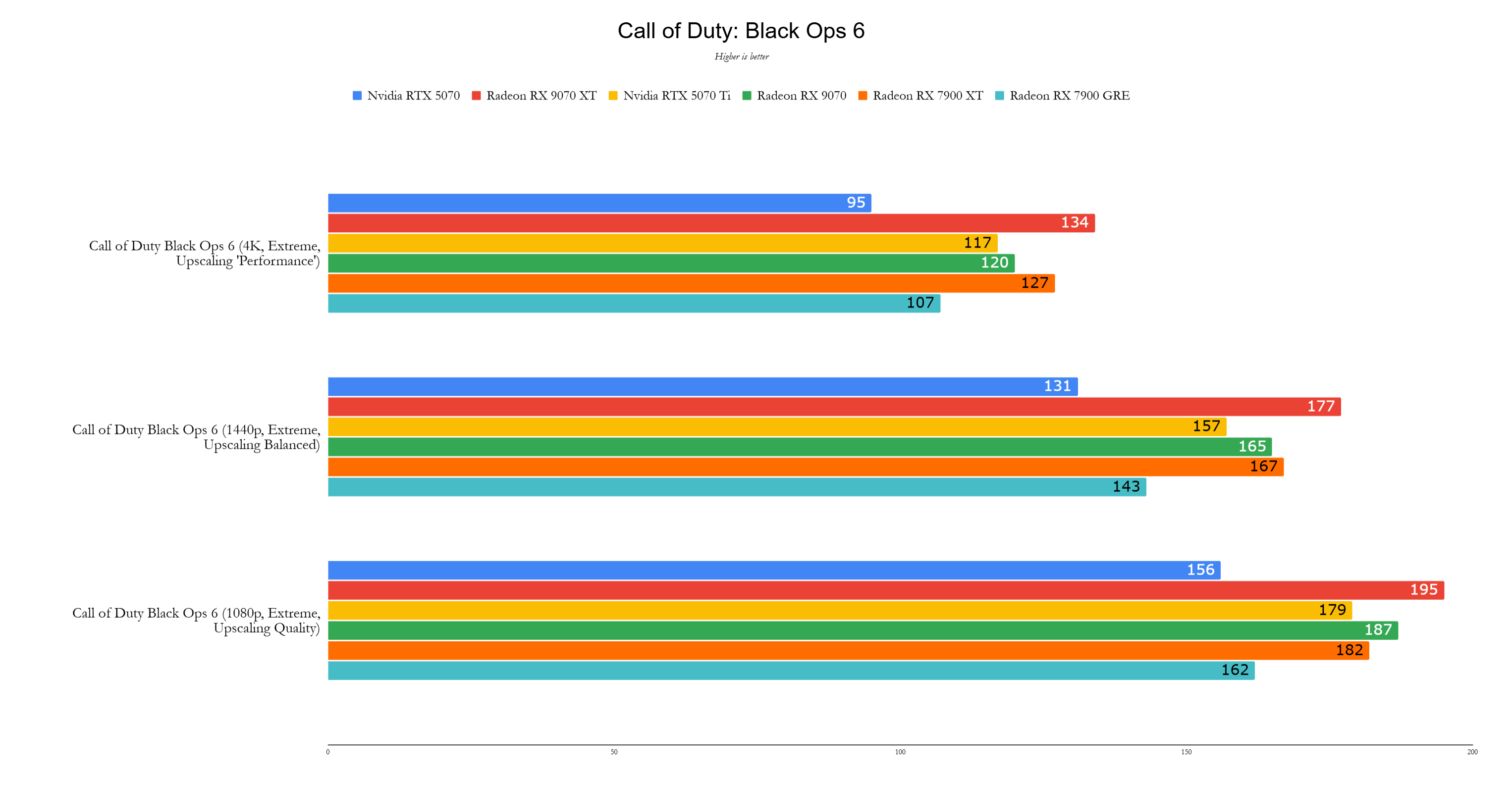
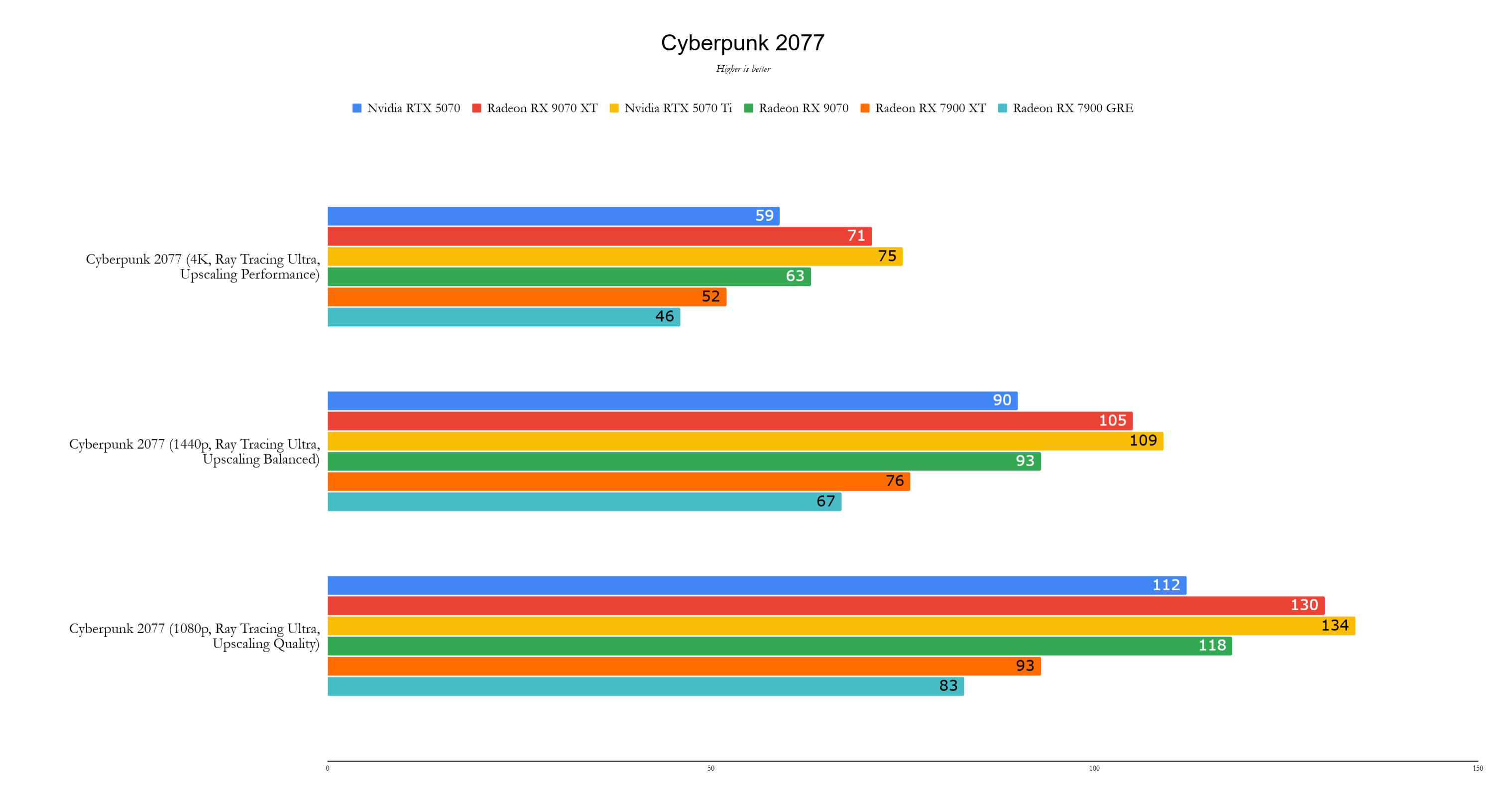
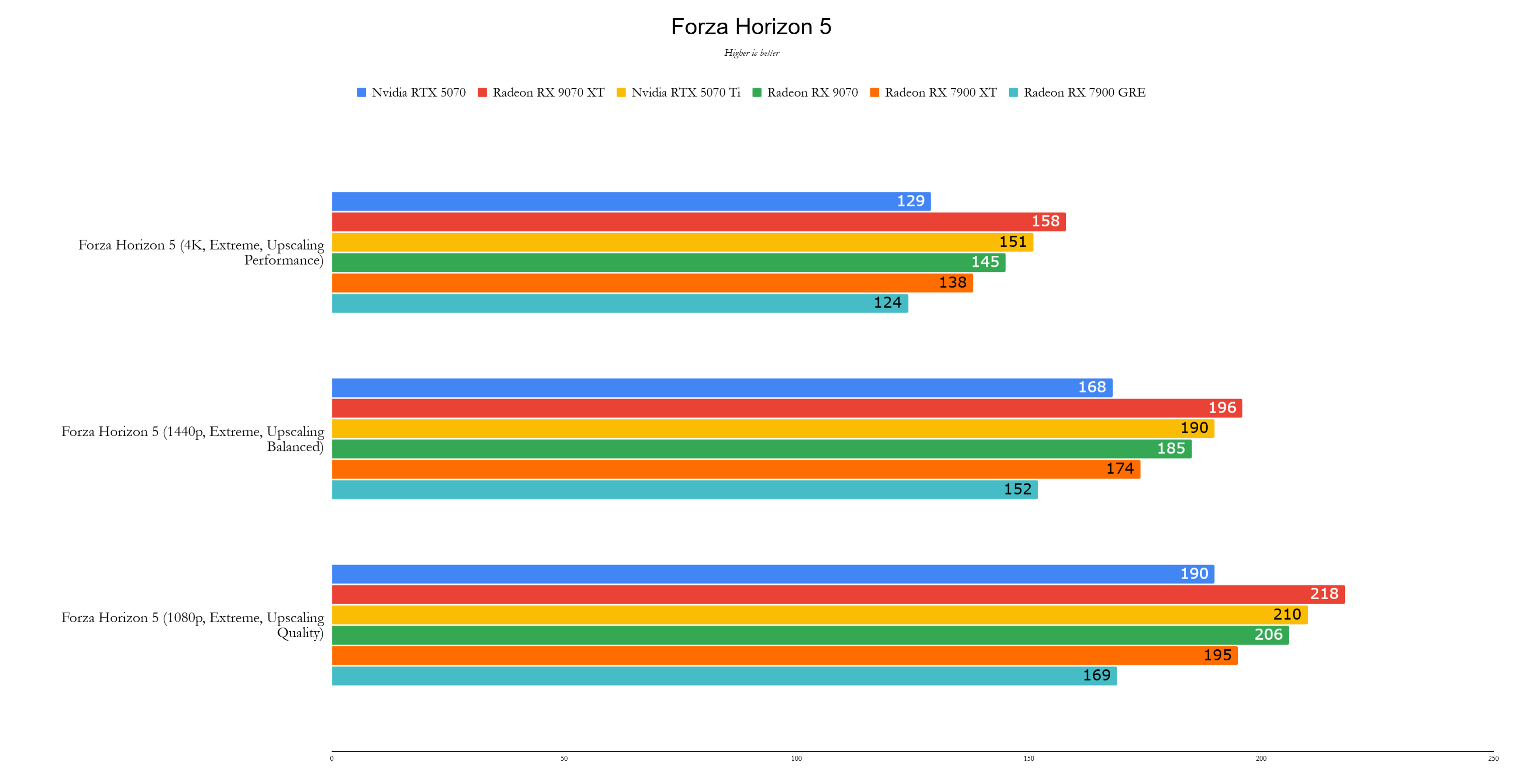
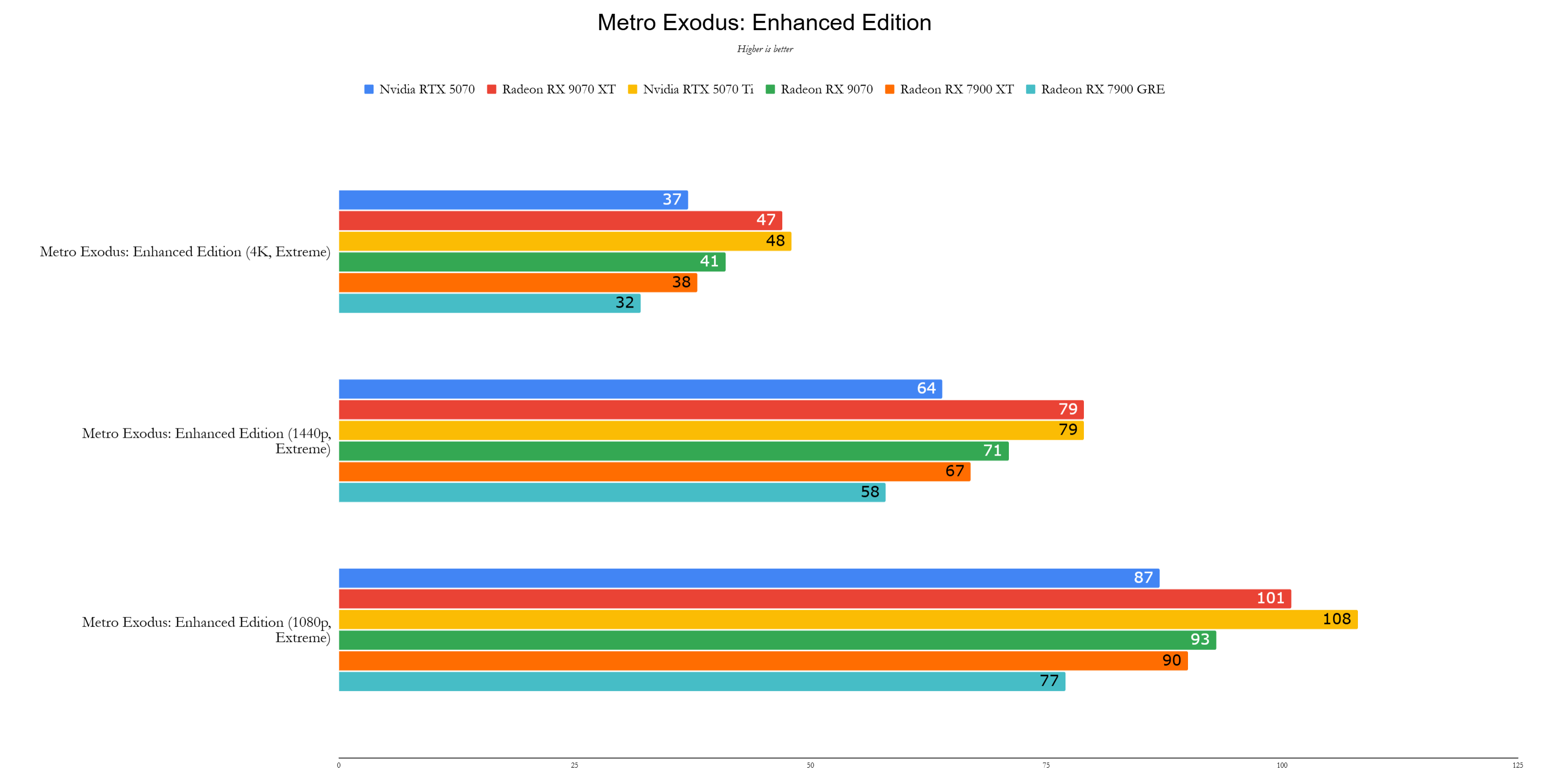 RTX 5070 Ti vs. RX 9070 XT: Performance
RTX 5070 Ti vs. RX 9070 XT: PerformanceDespite the RTX 5070 Ti's superior specs on paper, its performance doesn't always outshine the RX 9070 XT. Both cards are excellent choices for 4K gaming and are among the best for 1440p gaming as well.
During my review of the AMD Radeon RX 9070 XT, I anticipated it would be close to the RTX 5070 Ti but lag behind in ray tracing-intensive games. Surprisingly, even in demanding titles like Cyberpunk 2077, the AMD card stayed within a few frames of the more expensive RTX 5070 Ti.
There are instances where the RTX 5070 Ti takes the lead, such as in Total War: Warhammer 3, where it achieves 87fps at 4K compared to the RX 9070 XT's 76fps. However, on average, the Radeon RX 9070 XT was 2% faster than the RTX 5070 Ti, a significant achievement considering its 21% lower cost.
Winner: AMD Radeon RX 9070 XT
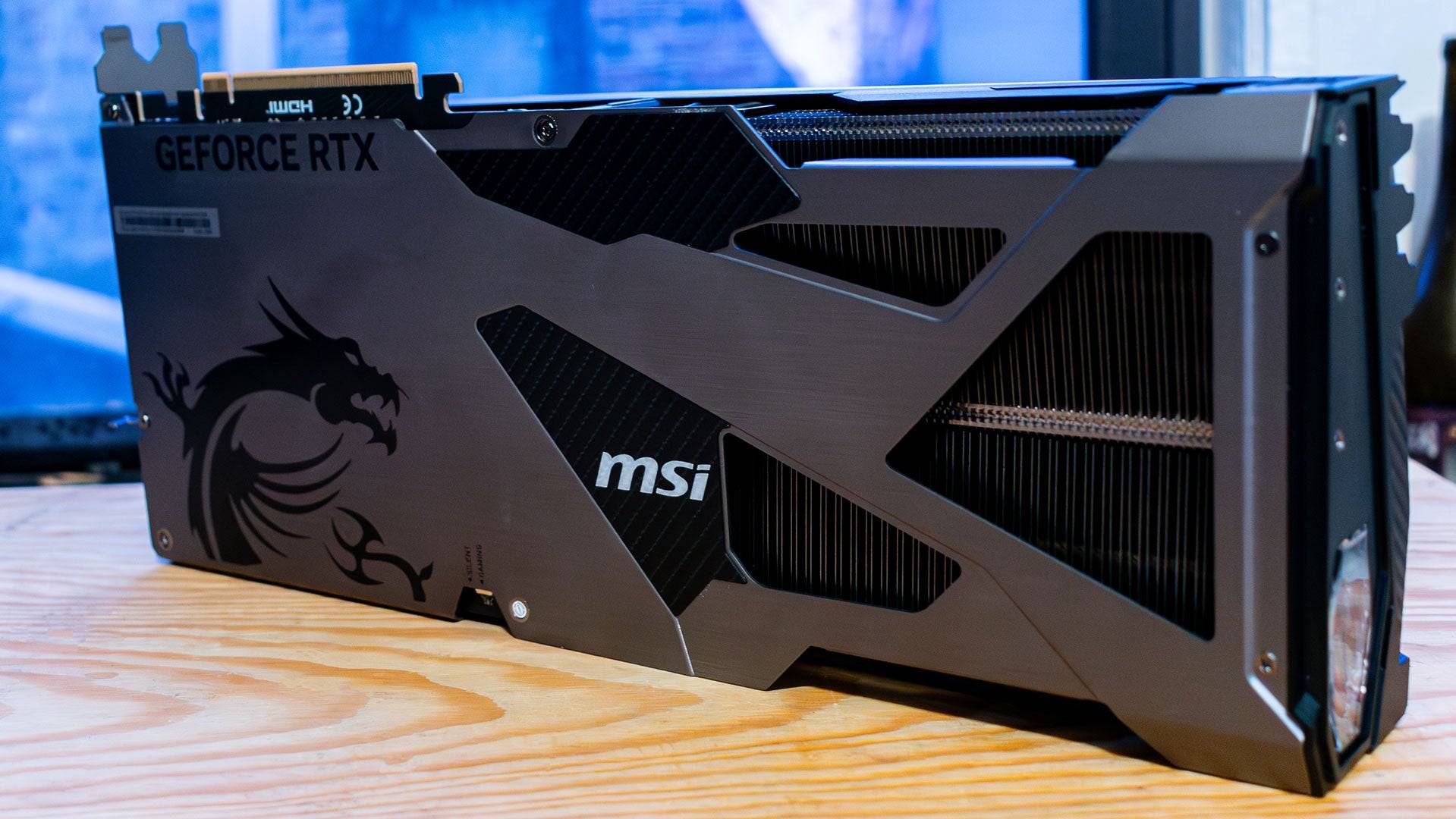
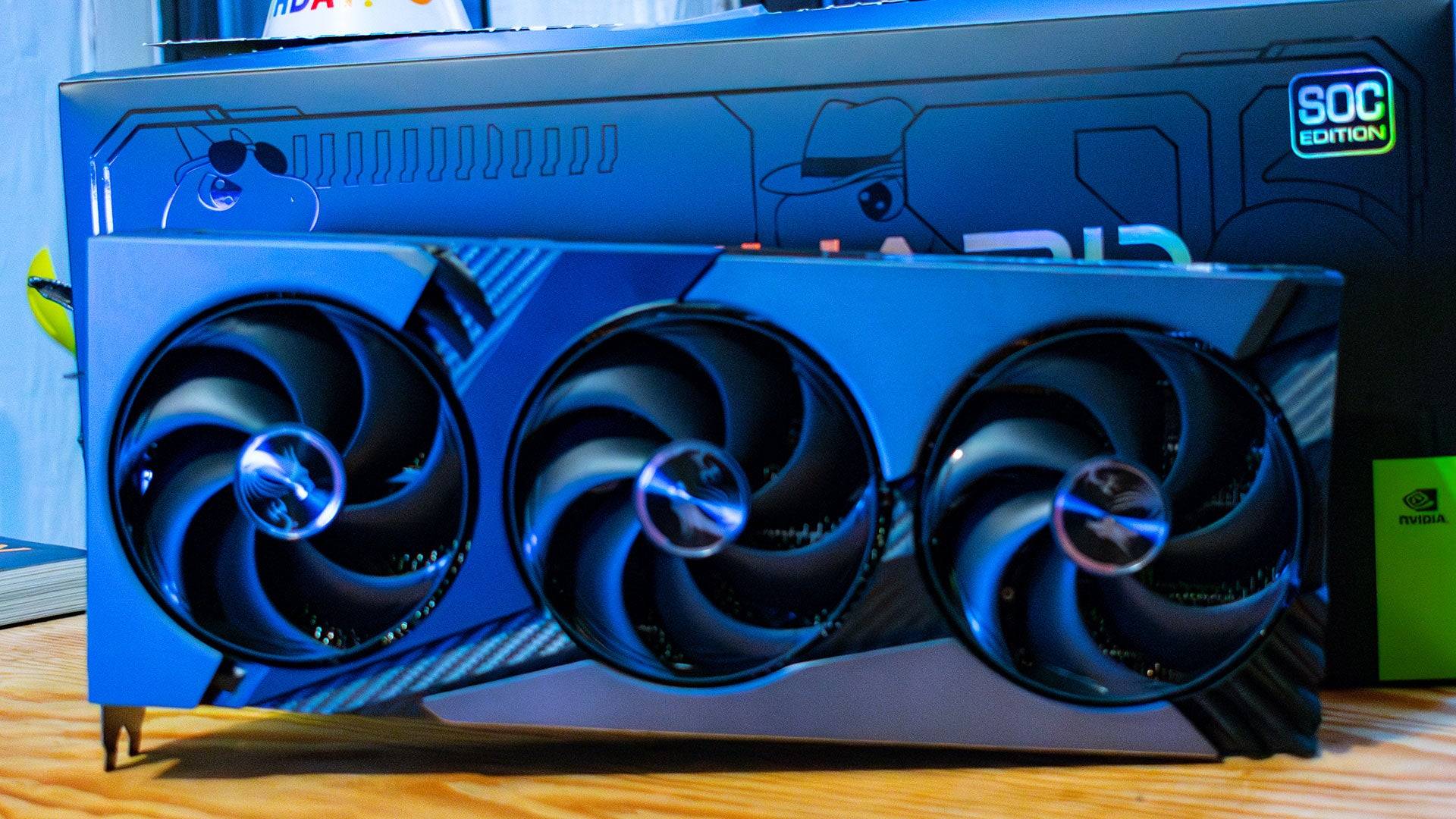 6 Images
6 Images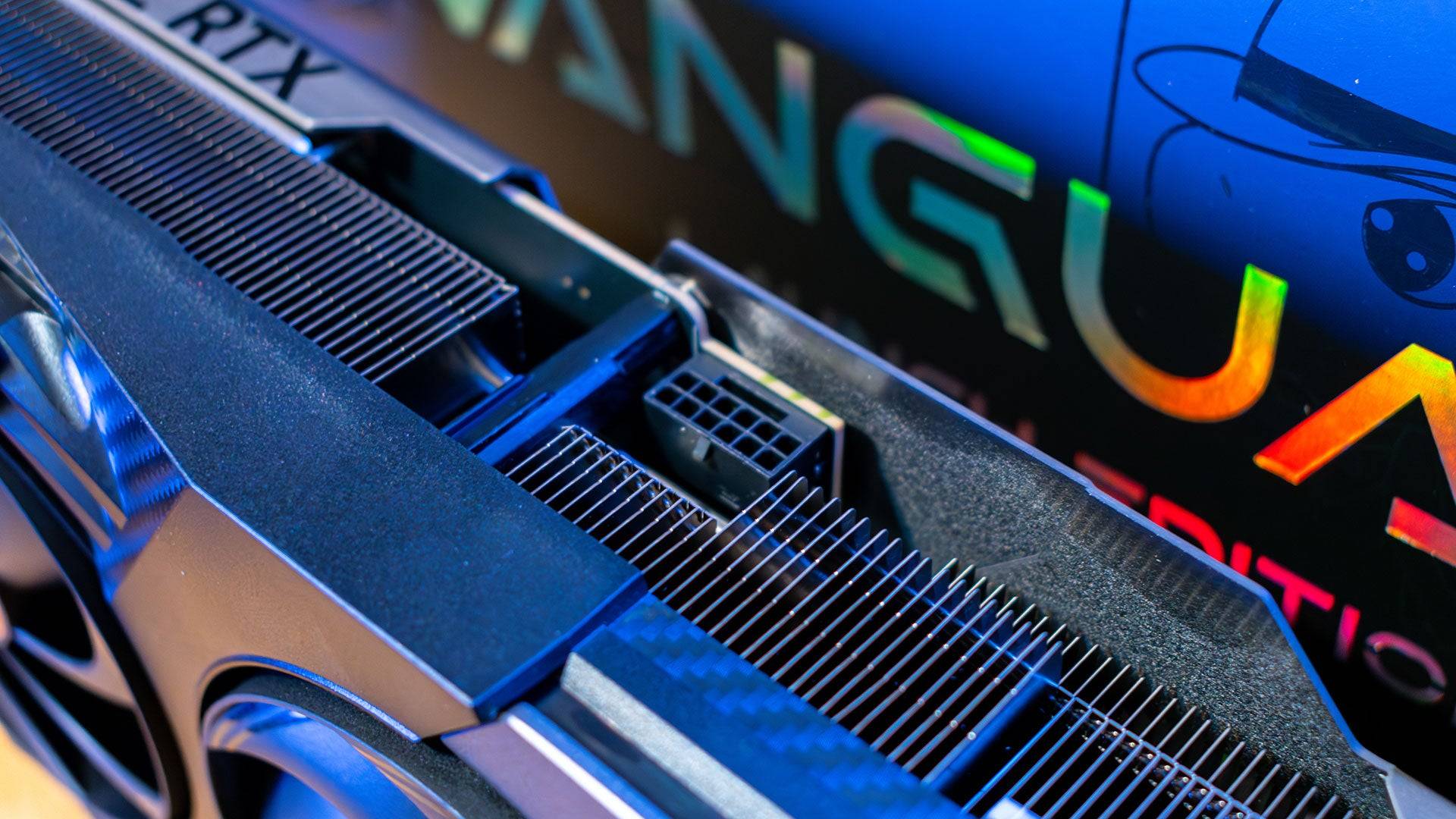
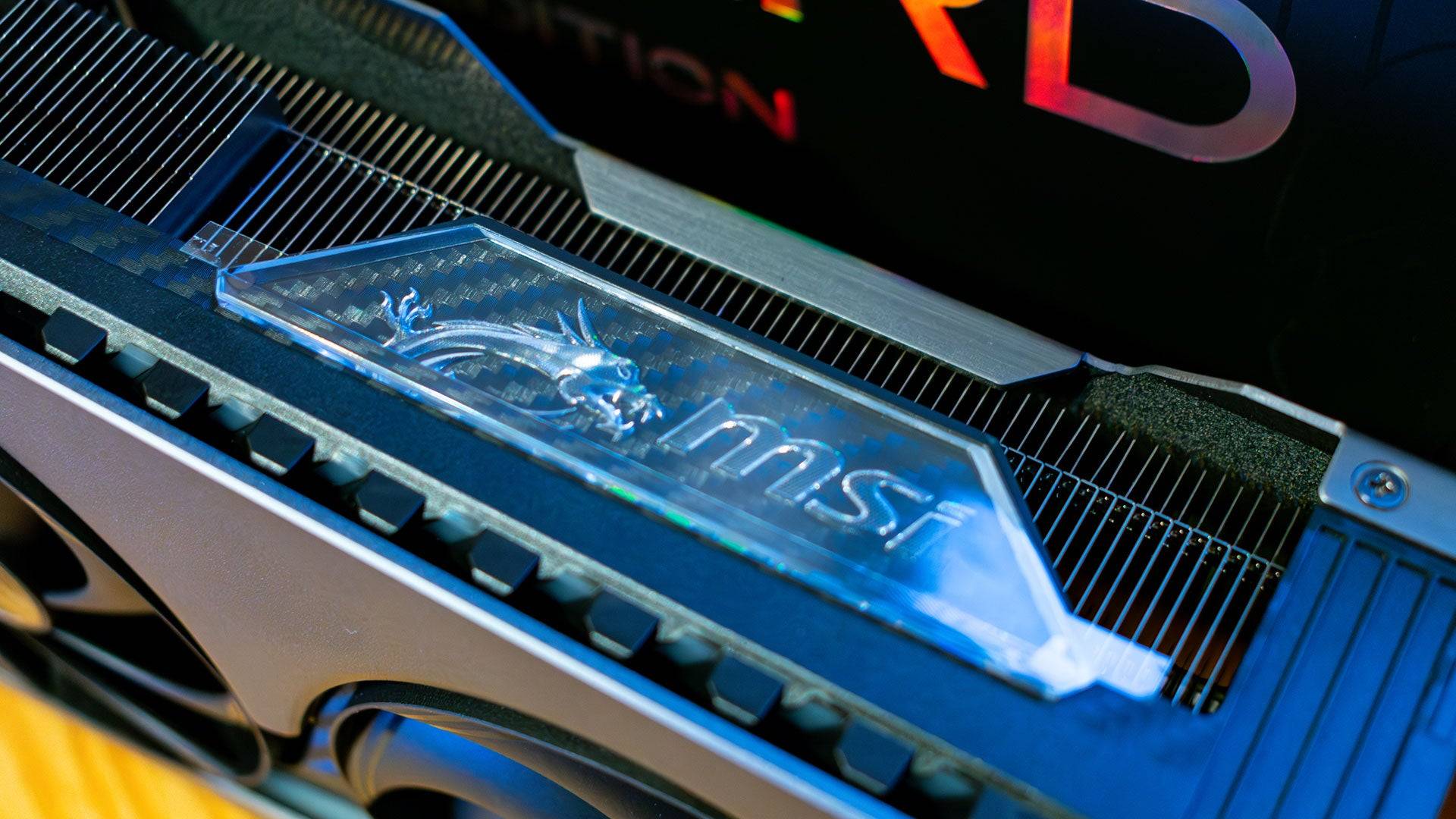
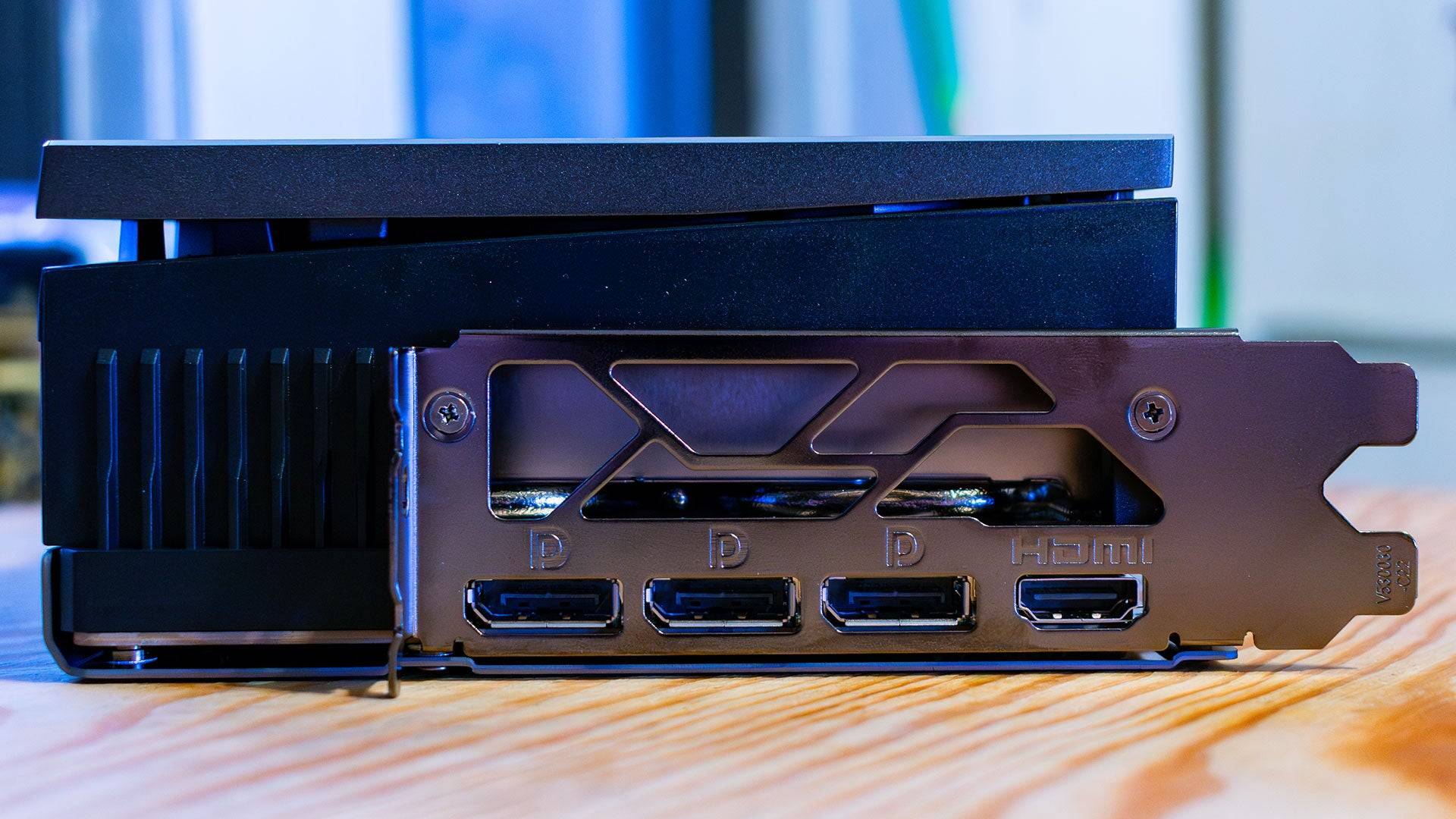
 RTX 5070 Ti vs. RX 9070 XT: Software and Features
RTX 5070 Ti vs. RX 9070 XT: Software and FeaturesChoosing a graphics card today involves more than just hardware specs. Both Nvidia and AMD provide a range of software features that enhance the capabilities of their GPUs.
The Nvidia RTX 5070 Ti's standout feature is its DLSS suite, which includes AI upscaling and Frame Generation. With DLSS 4, Nvidia introduces multi-frame generation, capable of generating three frames for each rendered frame, significantly boosting frame rates at the cost of slight latency, mitigated by Nvidia Reflex. This feature is best used when you're already achieving at least 45fps, ideally over 60fps.
AMD also offers Frame Generation, but it's limited to one interpolated frame per rendered frame. The major advancement with the RX 9070 XT is FSR 4, which introduces AI upscaling to AMD GPUs for the first time. Unlike previous temporal upscaling methods, FSR 4 uses machine learning algorithms for more accurate image upscaling, though it's not as fast as its predecessor.
It's worth noting that FSR 4 is AMD's first foray into AI upscaling, while Nvidia has been refining DLSS for seven years.
Winner: Nvidia GeForce RTX 5070 Ti
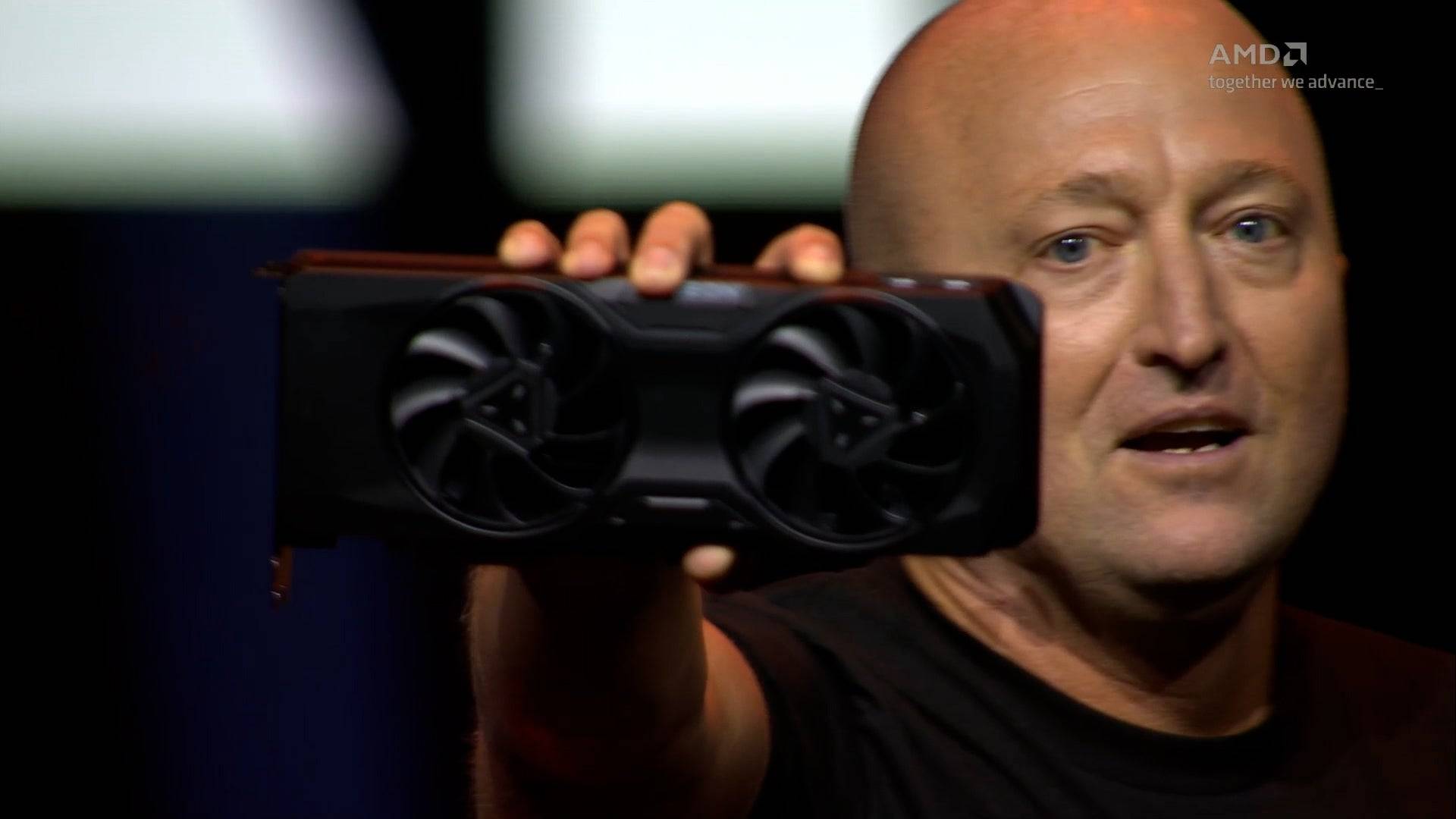 RTX 5070 Ti vs. RX 9070 XT: Price
RTX 5070 Ti vs. RX 9070 XT: PriceGPU pricing is a contentious issue, with new generation cards often sold out and prices inflated. Both Nvidia and AMD set suggested retail prices, but retailers and third-party manufacturers can set their own prices. While it's hard to predict future prices, we hope they will eventually align closer to MSRP as supply improves.
At its launch price of $599, the AMD Radeon RX 9070 XT is a standout value, capable of running any game at 4K with max settings when using FSR 4 AI upscaler. This pricing harks back to when flagship GPUs launched at more reasonable prices, before Nvidia's gradual price increases starting with the RTX 2080 Ti.
In contrast, the Nvidia RTX 5070 Ti, despite its similar performance to the RX 9070 XT, starts at $749, a significant $150 more. The additional features like Multi-Frame Generation might justify the cost for some, but it depends on your gaming needs and the titles you play.
Winner: AMD Radeon RX 9070 XT
Both the AMD Radeon RX 9070 XT and Nvidia GeForce RTX 5070 Ti are top performers for 1440p and 4K gaming. However, the RX 9070 XT's ability to match the RTX 5070 Ti's performance at a lower price makes it the clear winner. As prices hopefully return to normal, the value proposition of the AMD card becomes even more compelling.
For those building a high-end gaming PC targeting 1440p or even venturing into 4K, the AMD Radeon RX 9070 XT is an outstanding choice. While it lacks multi-frame generation, this feature is less critical for gamers without high-refresh 4K monitors.
How to Feed Villagers in Necesse
Bitlife: How to Complete the Renaissance Challenge
Bahiti Hero Guide: Mastering the Epic Marksman in Whiteout Survival
Best Bullseye Decks in Marvel Snap
One of the most famous CoD players thinks the series is in the worst state now
How to Complete Canker in Kingdom Come Deliverance 2
Infinity Nikki: How to win at Marble King
How to Start Cars Without Keys in Project Zomboid

Grab Affordable Cordless Tire Inflator and Air Compressor for Emergency Use
Apr 03,2025
Surprise, Balatro's on Xbox Game Pass Now
Apr 03,2025

"Cuddle Up: Forgotten Playland Launches on Epic Games Store with Adorable Plush Toys"
Apr 03,2025

"Cinnamoroll Joins Monster Hunter Puzzles: Felyne Isles in Sanrio Collaboration"
Apr 03,2025

Pokémon Champions: Preregister Now, Preorder Available
Apr 03,2025